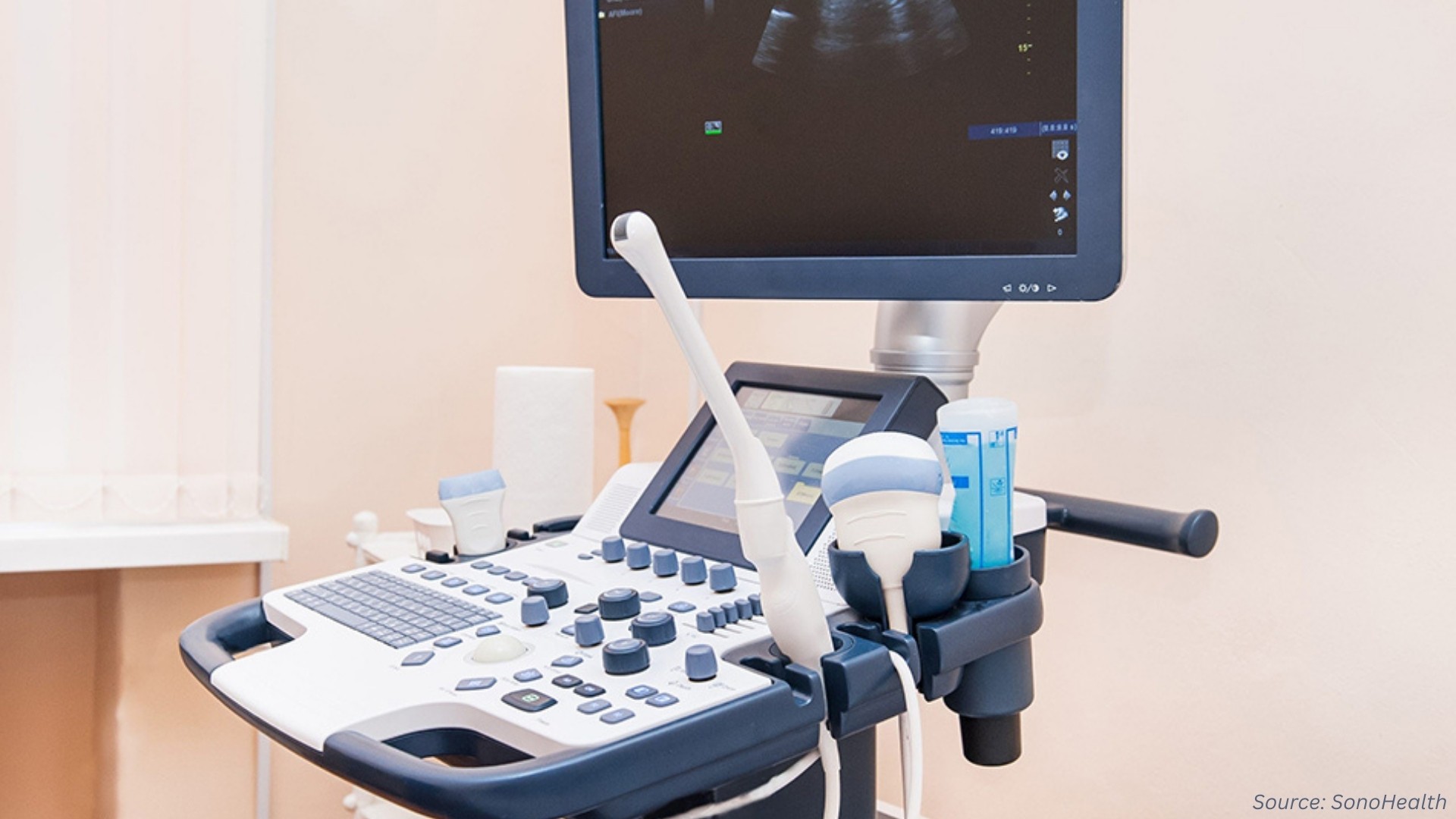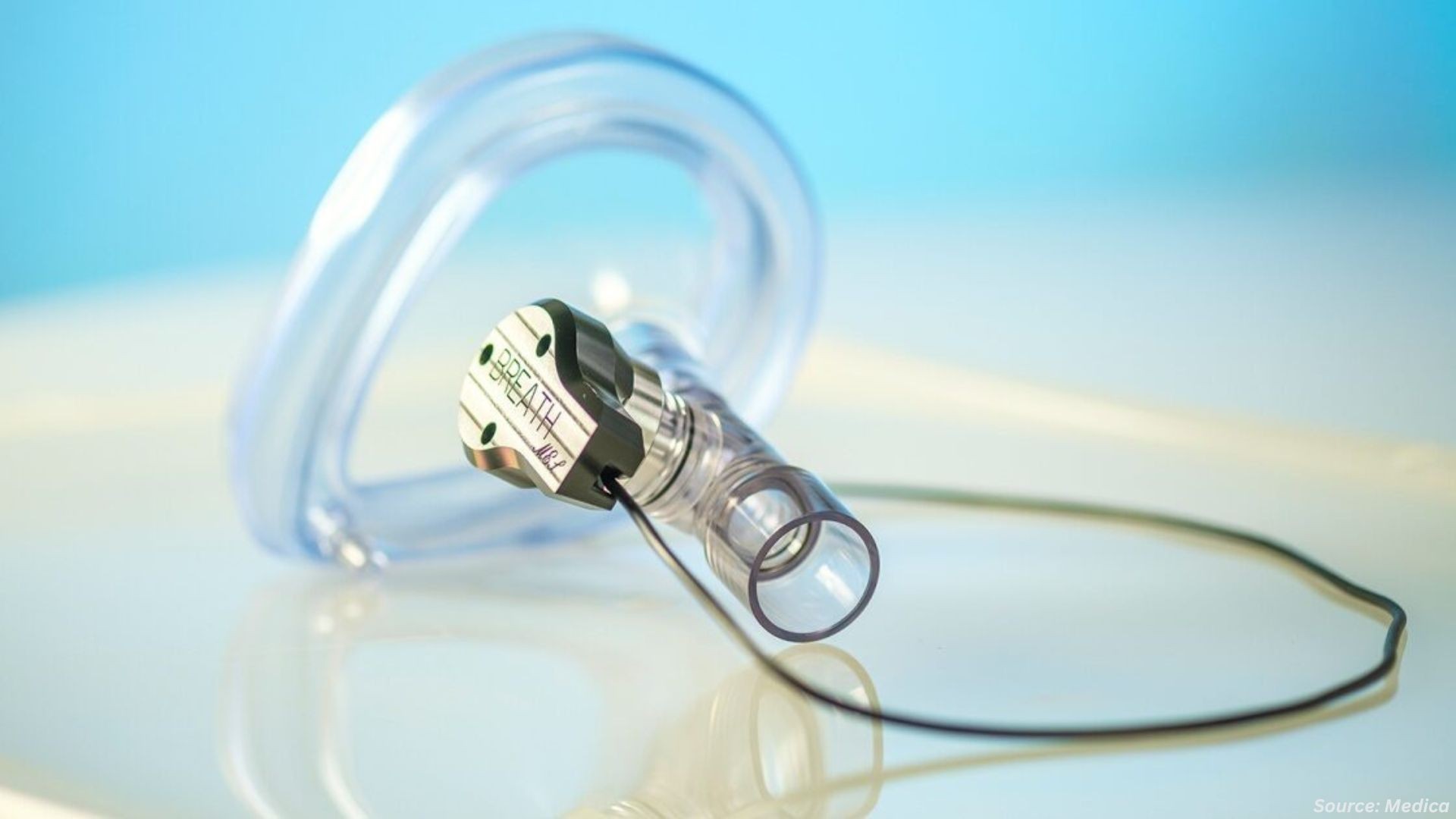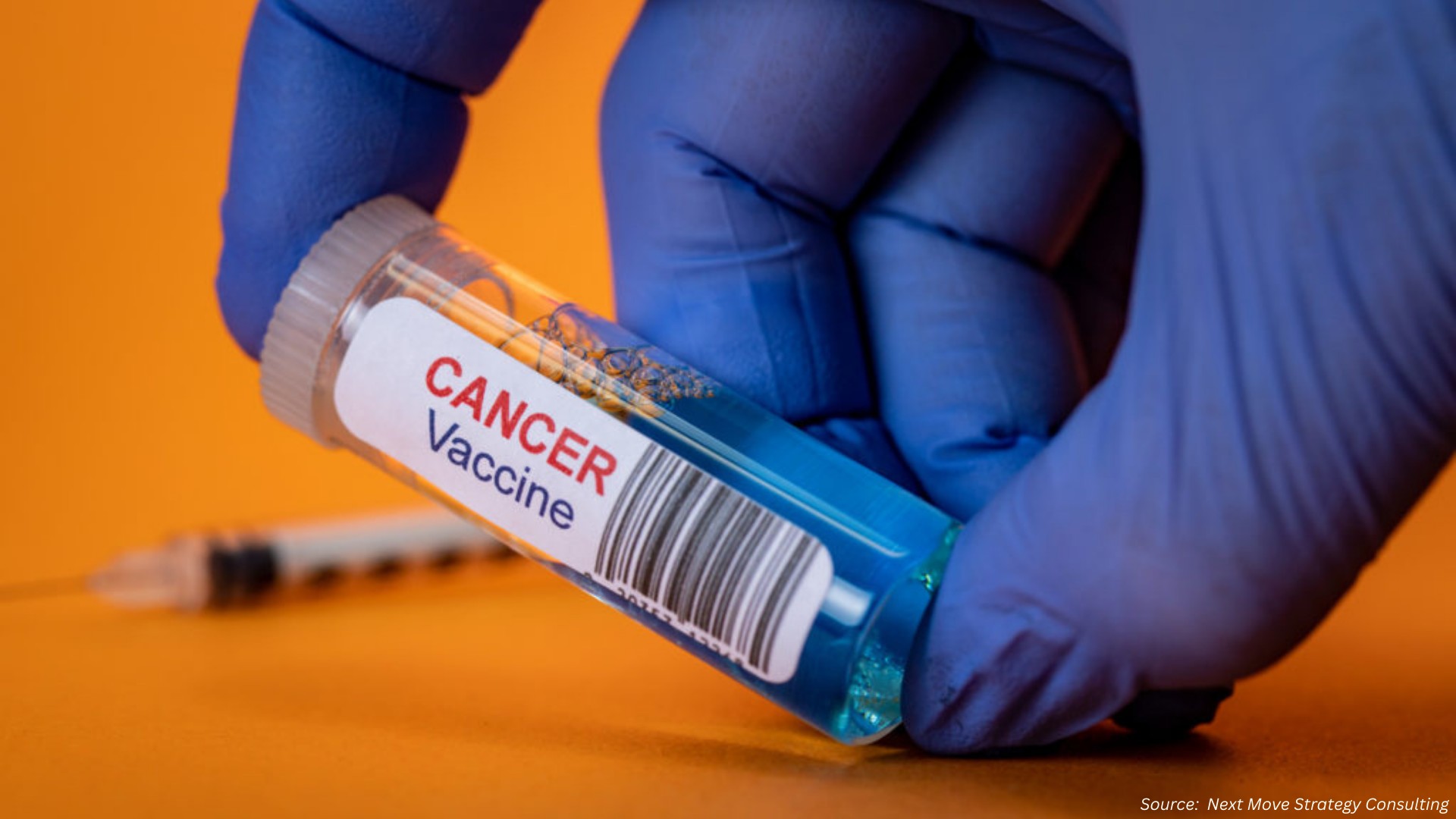Ultrasound Devices Market 2025: Innovation in Care
Published: 2025-11-01

Ultrasound technology has moved far beyond routine imaging. In 2024 and 2025, the Ultrasound Devices Market has been defined by two groundbreaking shifts: the integration of artificial intelligence (AI) into abdominal imaging and the development of implantable ultrasound devices for brain stimulation. Both advances are not only reshaping clinical workflows but also opening new doors for neurological research.
This blog explores key questions about how these innovations are transforming healthcare and what they mean for the future of the ultrasound devices market.
How Is AI Transforming the Ultrasound Devices Market for Abdominal Imaging?
AI has become a critical driver of efficiency and precision in abdominal ultrasound. According to Siemens Healthineers, the ACUSON Sequoia ultrasound system is equipped with AI features that streamline clinical workflows by automating measurements and annotations. This does not just speed up exams—it reduces repetitive strain on clinicians and allows them to spend more time interacting with patients.
Key insights from clinical use:
-
Workflow efficiency: Automated measurements help reduce the manual workload.
-
Better patient engagement: Clinicians can share images and real-time explanations during scans, making patients feel more informed.
-
Benchmark for quality: AI tools are setting new standards in imaging quality and usability.
Summary:
AI in ultrasound devices is no longer experimental—it is now routine in clinical practice. Its biggest contribution is not only improving diagnostic precision but also humanizing care by giving physicians more time with patients.
-
AI is streamlining workflows.
-
Efficiency reduces strain on clinicians.
-
Patients benefit from real-time explanations and reassurance.
Can Ultrasound Devices Replace Electrical Implants for Brain Stimulation?
The MIT ImPULS device, introduced in 2024, marks a major leap in how ultrasound devices may be used in neurology. Traditionally, deep brain stimulation (DBS) relies on implanted electrodes to treat conditions such as Parkinson’s disease. However, electrodes corrode over time and create scar tissue, often requiring replacement.
MIT’s approach uses an ultrasound-based implant that is thinner than a human hair, offering a minimally invasive alternative. In mouse studies, the device stimulated neurons to release dopamine in the brain’s substantia nigra, a region heavily affected in Parkinson’s disease.
Key findings:
-
Minimally invasive design: The device avoids the risks of electrode corrosion and scar tissue.
-
Precision targeting: It stimulates neurons with mechanical sound waves rather than electricity.
-
Scalable potential: Customizable for different brain regions and adaptable for human use.
-
Therapeutic promise: Could become a safer, long-term alternative for treating Parkinson’s and other neurological conditions.
Summary:
Ultrasound-based implants may redefine brain stimulation therapies by combining safety, scalability, and precision.
-
Current electrode-based DBS faces long-term limitations.
-
ImPULS offers a safer, less invasive alternative.
-
Potential use extends from Parkinson’s to broader neurological research.
Who Are the Key Players in the Ultrasound Devices Market?
Several leading companies are driving innovation and adoption in the ultrasound devices market:
-
GE HealthCare – A global leader offering advanced ultrasound solutions across cardiology, obstetrics, and point-of-care applications, with a strong focus on digital integration.
-
Shenzhen Mindray Bio-Medical Electronics Co., Ltd. – A rapidly growing Chinese medical technology company, known for delivering cost-effective ultrasound systems with expanding international reach.
-
Siemens Healthineers AG – A pioneer in AI-powered ultrasound, bringing efficiency and patient-centered care through innovations such as the ACUSON Sequoia system.
-
Canon Medical Systems Corporation – Recognized for its imaging excellence, providing high-resolution ultrasound devices for both diagnostic precision and patient comfort.
Why Do These Innovations Matter for the Ultrasound Devices Market?
The Ultrasound Devices Market is no longer limited to diagnostics. With AI-driven abdominal imaging and implantable devices for brain research, the field is expanding into workflow optimization, patient engagement, and advanced therapeutic solutions.
Implications for the market:
-
Diversification of applications: Ultrasound is expanding from imaging to therapy and neuroscience.
-
Growing adoption of AI: AI is shaping new benchmarks for efficiency and accuracy.
-
Future research opportunities: Ultrasound implants could serve as key tools for studying brain function.
Summary:
The ultrasound devices market is evolving rapidly—driven by AI in clinical imaging and implantable technologies in neurological care.
-
Market is moving beyond imaging to therapeutic use.
-
AI adoption improves efficiency and patient trust.
-
New implants expand the role of ultrasound into brain science.
What Are the Next Steps for the Ultrasound Devices Market?
Based on the latest advancements, here are the key action points for industry stakeholders:
-
Invest in AI-driven solutions – Hospitals and device makers should prioritize AI-enabled systems that streamline workflows.
-
Support clinical validation of implants – Funding and trials for ultrasound-based implants like ImPULS can accelerate their path to patient care.
-
Expand research partnerships – Collaboration between universities, industry, and hospitals will be vital for scaling new applications.
-
Educate clinicians and patients – Training programs must help clinicians maximize AI features while ensuring patient confidence.
-
Explore multi-use potential – Devices that combine imaging, therapy, and drug delivery will define the next frontier.
Conclusion
The ultrasound devices market in 2025 is being shaped by two forces: AI-enhanced imaging systems that improve efficiency and patient experience, and ultrasound-based implants that promise safer neurological interventions. These innovations signal a future where ultrasound is not just a diagnostic tool but a platform for precision medicine and advanced therapies.
By bridging clinical efficiency with cutting-edge neuroscience, ultrasound devices are poised to remain central to healthcare innovation.
About the Author
 Joydeep Dey is a seasoned SEO Executive, Content Writer, and AI expert with over 2½ years of experience in digital marketing and artificial intelligence. He specializes in SEO strategy, impactful content creation, and developing data-driven, AI-powered solutions that enhance online visibility and engagement. With a strong foundation in natural language processing and emerging AI technologies, Joydeep is known for simplifying complex concepts into clear, actionable insights.
Joydeep Dey is a seasoned SEO Executive, Content Writer, and AI expert with over 2½ years of experience in digital marketing and artificial intelligence. He specializes in SEO strategy, impactful content creation, and developing data-driven, AI-powered solutions that enhance online visibility and engagement. With a strong foundation in natural language processing and emerging AI technologies, Joydeep is known for simplifying complex concepts into clear, actionable insights.
About the Reviewer
 Debashree Dey is a skilled Content Writer, PR Specialist, and Assistant Manager with strong expertise in Digital Marketing. She specializes in crafting visibility strategies and delivering impactful, data-driven campaigns. Passionate about creating engaging, audience-focused content, she helps brands strengthen their online presence. Beyond work, she draws inspiration from creative projects and design pursuits.
Debashree Dey is a skilled Content Writer, PR Specialist, and Assistant Manager with strong expertise in Digital Marketing. She specializes in crafting visibility strategies and delivering impactful, data-driven campaigns. Passionate about creating engaging, audience-focused content, she helps brands strengthen their online presence. Beyond work, she draws inspiration from creative projects and design pursuits.
















Add Comment